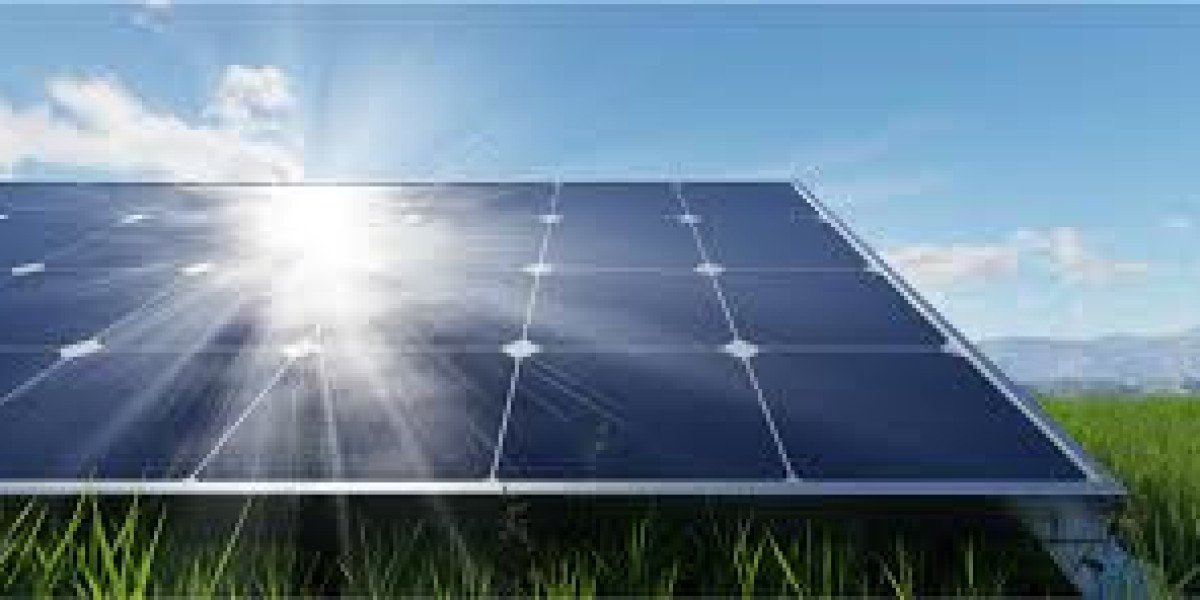Introduction: The Rise of Photovoltaic Systems
In a world increasingly driven by the need for clean, renewable energy, photovoltaic systems, also known as solar power systems, are at the forefront of the green revolution. These systems convert sunlight into electricity, providing a sustainable and cost-effective solution for residential, commercial, and industrial power needs.
Whether you're a homeowner looking to cut your utility bills or a business owner aiming for energy independence, photovoltaic systems offer long-term savings, reduced environmental impact, and energy resilience.
What Is a Photovoltaic System?
A photovoltaic (PV) system is a power generation system that uses solar panels to convert sunlight directly into electricity through the photovoltaic effect. This system allows you to harness the sun's energy and use it to power electrical appliances, charge batteries, or feed electricity back into the grid.
How Do Photovoltaic Systems Work?
Sunlight hits the solar panels on your roof or ground-mounted system.
Solar cells inside the panels convert sunlight into direct current (DC) electricity.
An inverter transforms DC into alternating current (AC) for home or business use.
Electricity is either used instantly, stored in batteries, or sent to the utility grid.
Main Components of a Photovoltaic System
Solar Panels: Capture solar energy and generate electricity.
Inverter: Converts DC to AC power suitable for home or commercial use.
Mounting System: Secures panels on rooftops or ground arrays at optimal angles.
Battery Storage (Optional): Stores unused electricity for nighttime or outages.
Monitoring System: Tracks energy output and system performance in real-time.
Types of Photovoltaic Systems
1. Grid-Tied PV Systems
Most common type
Connected to the local utility grid
Allows net metering (sell unused electricity back to the grid)
2. Off-Grid PV Systems
Operates independently of the grid
Ideal for remote or rural areas
Requires battery storage for power at night or during low sunlight
3. Hybrid PV Systems
Combines grid connection and battery storage
Provides backup power during outages
Offers greater energy independence and reliability
Benefits of Photovoltaic Systems
? Renewable & Sustainable
Solar energy is unlimited, clean, and reduces reliance on fossil fuels.
? Lower Energy Bills
Generating your own electricity means fewer costs from utility companies.
? Increased Property Value
Homes with solar systems often sell faster and at higher prices.
? Eco-Friendly
PV systems reduce greenhouse gas emissions and environmental impact.
⚡ Energy Independence
Gain control over your energy production and usage.
? Incentives & Rebates
Government programs, tax credits, and local incentives reduce installation costs.



